After reading this article, you will be able to understand the different types and specifications of a camera lens. You will also be able to decide which lens is right for you.
Zoom
If you are an absolute beginner, and have only used point and shoot or mobile phones before, you need to refresh your concept of zoom. For marketing purposes, companies often use the term 5x, 10x or 20x zoom. A higher ‘x’ zoom sounds more attractive to the consumer. But in the world of professional or even serious photography, you will rarely come across the ‘x’ term.
The ‘X’ concept in zoom
Although this concept is almost non existent in the world of cameras with interchangeable lens, its still a good idea to know the concept. X is the ratio of the highest focal length to the lowest focal length of the lens. For a 18-55mm kit kens (the default lens that comes with most beginner DSLR camera), the zoom is 55/18, i.e. about 3x. A 200-500mm lens is a 500/200, i.e. a 2.5x zoom. A 500mm is almost like a telescope compared to 55mm, but still it is a 2.5x lens, compared to 3x for the 18-55mm. So you see, the concept of ‘X’ says nothing about how far you can see, but rather its a ratio which misguides many layman consumers.
Zoom Lens
A zoom lens is a lens which does not have a fixed focal length. The range can be as small as 11-16mm or as large as 18-200mm. It doesn’t matter as long as it has a variable focal length.
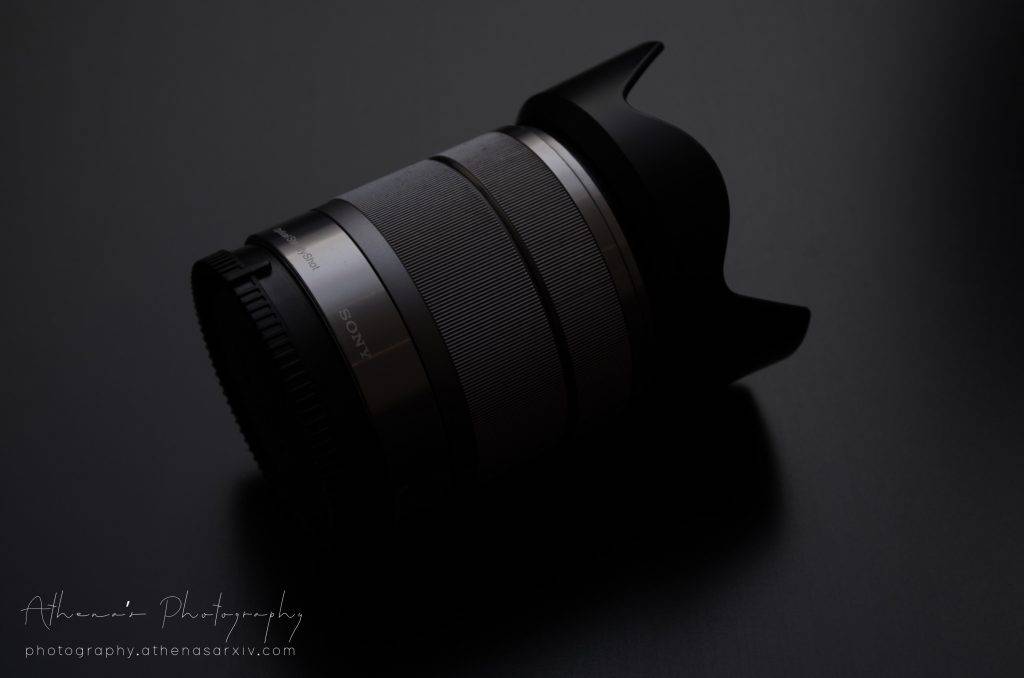
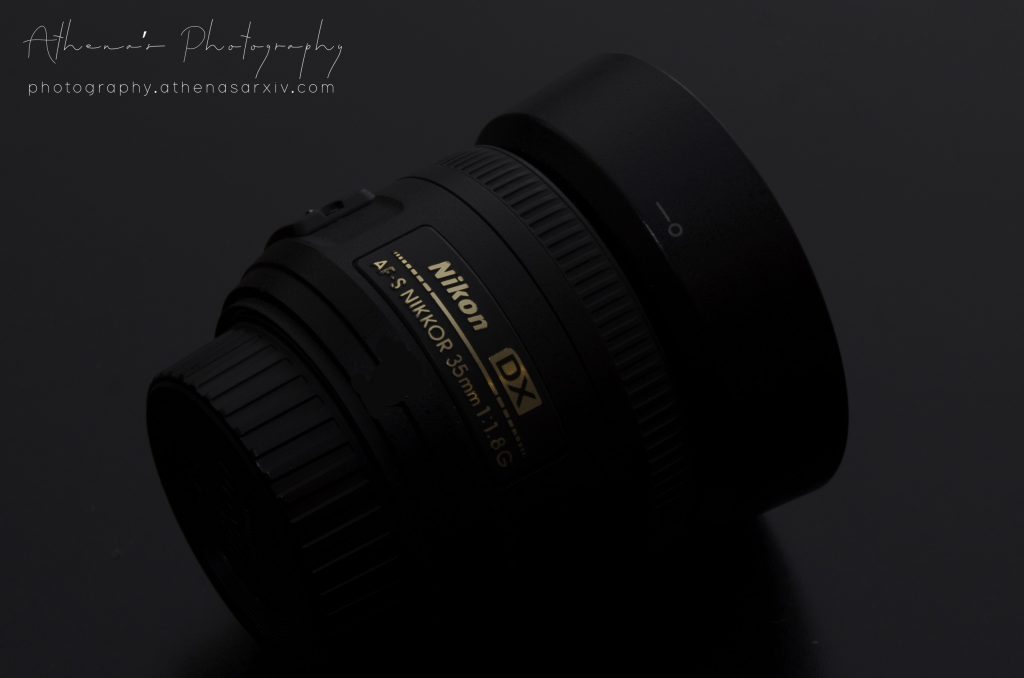
Prime Lens
Prime lenses are lenses with a fixed focal length. It is very popular among photographers as they deliver superb image quality. But the downside is that you are stuck with a single focal length and field of view. 35mm, 50mm, 85mm etc. are some popular focal lengths for prime lenses.
Aperture/ F-stop
The aperture of a lens is the opening that allows the light in to travel to the sensor. The size of the hole can be varied and the maximum and minimum size of the opening of the lens depends on the type of lens. The bigger the size of the hole, smaller is the f number, and vice versa. So f/1.8 means that the hole is bigger compared to f/2.8 and it lets in more light. Any more details about this is out of scope of this article. If you are interested, check out this article.
Diaphragm Blades
These are the blades which you find inside the lens, responsible for controlling the size of the aperture. In most of the lens, you can find 6-13 blades (although the numbers can be more or less depending on the lens). The blades move in a fashion which can open or close the hole which lets the light through.

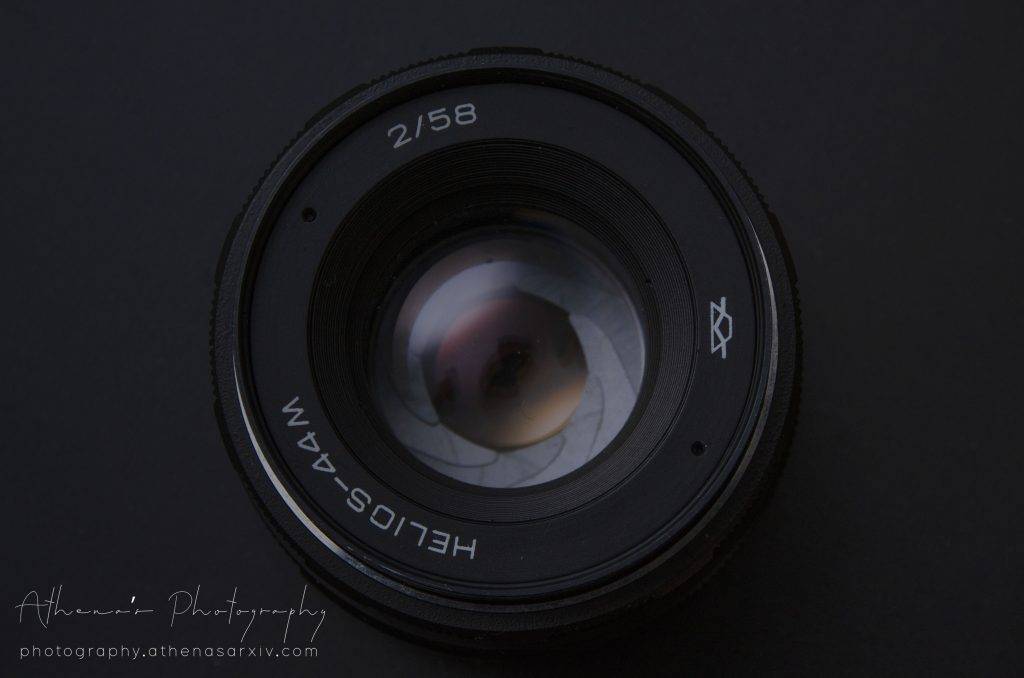
Fast Lens
Lenses that have a larger maximum aperture are called fast lens. There is no crisp border where the size of the aperture defines a fast lens, but its more of a relative term. However you will rarely hear someone saying a f5.6 lens as a fast lens. Normally f2.8 or higher are considered as fast lens. They are termed fast as their maximum aperture allows for faster shutter speeds, keeping other variables constant.
Telephoto Lens
Lenses with full frame equivalent focal length above 35mm are normally termed as telephoto lens. Talking of full frame equivalent, this means a 35mm field of view for a full frame camera. Note that in a crop sensor camera with a crop factor of 1.5, the full frame equivalent of 35mm is 35 / 1.5 = 23mm. For a MFT camera, it will be 35 / 2 = 17.5mm, i.e. a lens 23mm focal length on a crop sensor camera will give you the same field of view as a 35mm on a full frame camera.

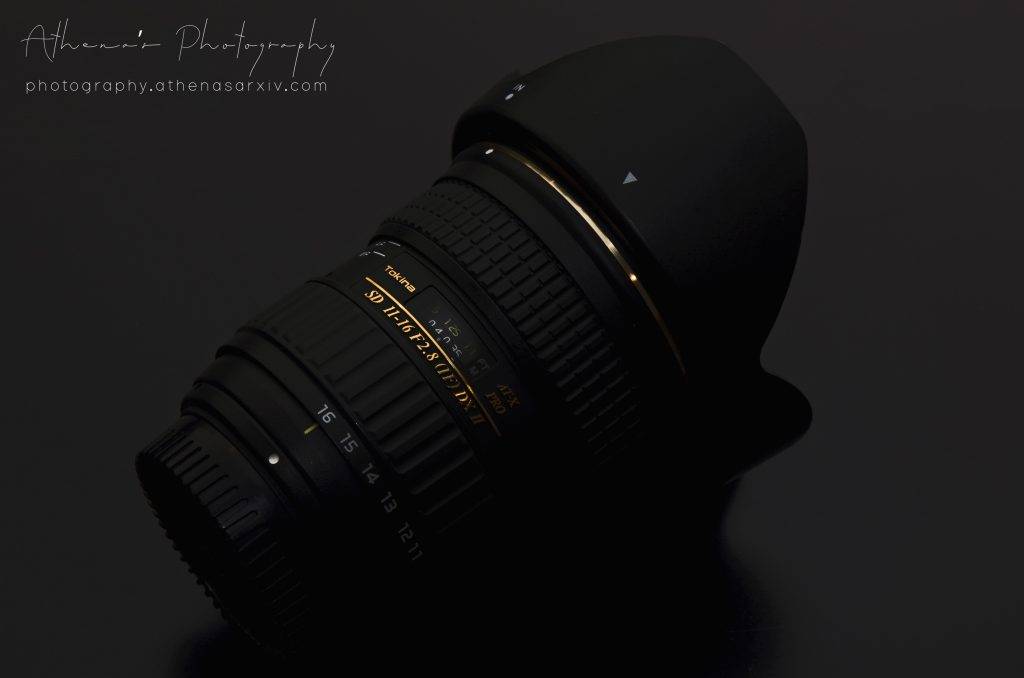
Wide Angle Lens
Lenses with full frame equivalent focal length below 35mm are normally termed as wide angle lens. they cover a wider field of view. Objects close to the lens appear big but objects far away from the lens appear very small.
Fish-eye Lens
These lenses replicate the viewing angle of a fish. It is an ultra-wide angle lens and their focal length are generally between 8mm to 12mm. These lenses create strong distortions and are intended to create a hemispherical view.
Minimum Focusing Distance
For a camera lens to focus properly, there must be a minimum distance between the subject and the lens. This varies from lens to lens. For example, the Tamron 70-200mm f/2.8 Di VC USD has a minimum focusing distance of 1.3 metres. This means that if the subject is less than 1.3 metres from the lens, the lens will be unable to focus the subject.
Macro Lens
A macro lens has the ability to focus to 1:1 magnification. This means that the size of the image in real life is the same size as it’s reproduced on the camera sensor. Macro lens are specially designed lens which have a very small minimum focusing distance. For example the Nikon AF-S 105mm f/2.8 G IF ED VR Micro has a minimum focusing distance of 0.31 metre. These lenses can be used for macro photography. But they can be used for other styles of photography too as they are generally excellent quality prime lenses.
Image Stabilisation (VR/IS/VC/OS)
This is an electronic mechanism in a camera lens which attempts to nullify the vibrations and movements made by the hands while taking a photograph. This helps in obtaining a sharper image for slower shutter speeds. It is to be noted that the movement of the subjects which are being photographed are not stabilised. Different lens brands have different names for this mechanism, but they are essentially the same and serves the same purpose. Nikon calls it VR (Vibration Reduction), Canon calls it IS (Image Stabilisation), Tamron calls it VC (Vibration Compensation), Sigma calls it OS (Optical Stabilisation.)
Internal Focusing Lens
For many cheap lenses, while focusing, the thread of the lens often rotates with the focusing ring. But for higher quality lenses, generally it remains fixed and the lens adjusts internally. These lenses are called internal focusing lens.
Elements and Groups in Lens
A lens has a lot of glass elements inside it. Its not just two pieces of glass in the front and the rear. For example a Nikon 70-200 f/2.8 has 21 glass elements. These glass elements are divided into several groups for optimal performance. The lens I just mentioned contains 15 groups.
Lens Coatings
Various types of coatings are found in the glass elements of the lens which reduces the reflections in the lens and increases the transmission. These coatings also reduce flare and prohibits ultraviolet light to pass through the glass elements.
Lens Mount
This is the section of the lens that goes into your camera. As already discussed in the last chapter, it is important that you get a lens with the correct lens mount, else your lens will be just an expensive showpiece.
Lens Thread Size
The diameter of the filter screw in front of a lens is known as the thread size. Let me put it this way; take out the lens cap and check underneath. You will find your lens thread size.

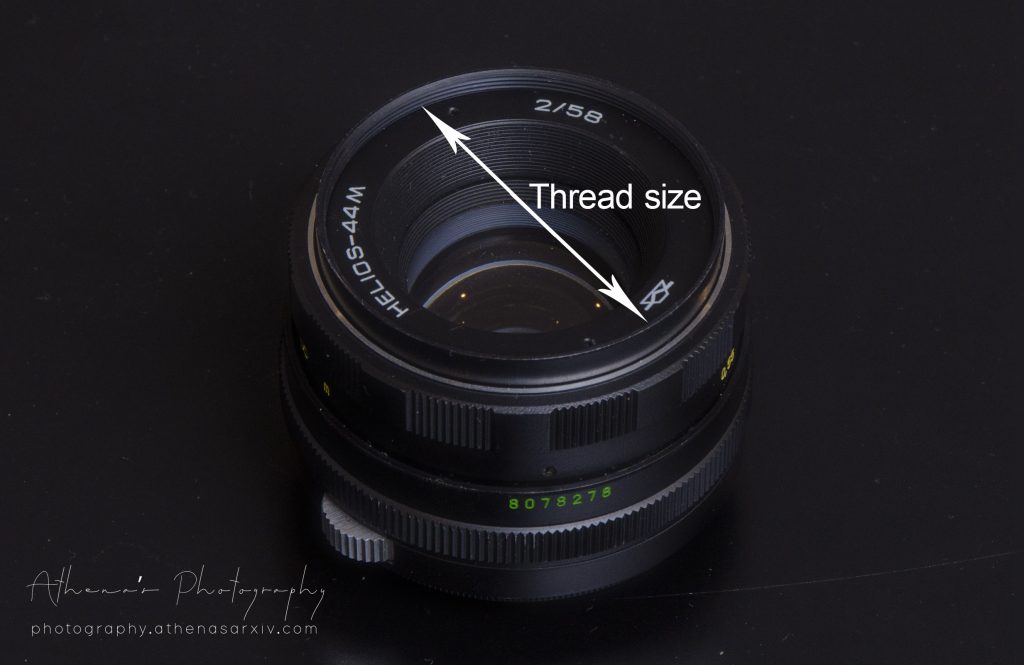

One Reply to “Understanding the camera lens”
Comments are closed.